Понимание свойств твердосплавных материалов
Чтобы справиться с проблемы обработки твердых сплавов Для того чтобы понять, что делает карбид уникальным, необходимо сначала разобраться в его свойствах. Карбид, представляющий собой соединение углерода и такого металлического элемента, как вольфрам, может похвастаться исключительной твердостью, износостойкостью и теплопроводностью. Но давайте углубимся в эти свойства:
- Твердость: Твердость карбида измеряется в единицах Роквелла и часто превышает 90 HRA. Это делает его устойчивым к деформации, но в то же время сложным для обработки.
- Термическая стабильность: Карбид сохраняет свою прочность и твердость даже при высоких температурах, что является основной причиной его использования в высокоскоростных режущих инструментах.
- Износостойкость: Благодаря плотной структуре твердосплавные компоненты превосходят многие альтернативные варианты в условиях абразивного воздействия.
- Хрупкость: Несмотря на свою прочность, твердый сплав склонен к сколам и трещинам при неравномерных нагрузках или ударах.
Понимание этих характеристик помогает производителям выбирать нужные марки и инструменты для конкретных задач, минимизируя отходы и повышая эффективность.
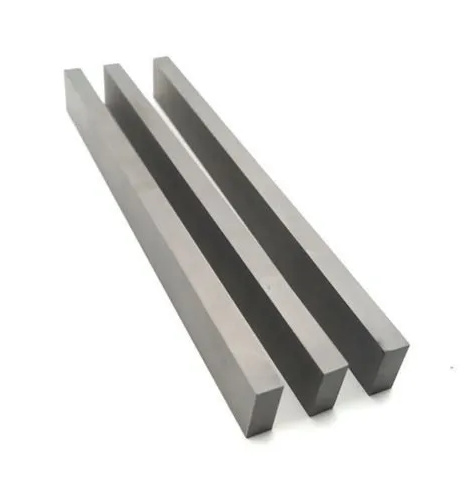
Общие проблемы при обработке твердых сплавов
Обработка твердого сплава - это не просто прогулка по парку. Его чрезвычайная твердость представляет собой обоюдоострый меч - превосходный по производительности, но требовательный к инструментам и технике. Давайте рассмотрим наиболее распространенные проблемы:
1. Износ и поломка инструмента
Твердость твердого сплава приводит к быстрому износу инструмента. Режущие инструменты, даже разработанные для твердого сплава, могут быстро изнашиваться, что приводит к частой замене и увеличению расходов.
2. Выработка тепла
При обработке твердого сплава выделяется значительное количество тепла, которое может повлиять на точность и привести к разрушению инструмента. Управление отводом тепла имеет решающее значение.
3. Проблемы с чистотой поверхности
Добиться гладкой обработки твердого сплава непросто из-за его хрупкой природы. Неправильная обработка может привести к образованию поверхностных трещин или шероховатой текстуры.
4. Управление микросхемами
Хрупкость карбида часто приводит к образованию неровной или фрагментированной стружки, что создает проблемы при сборе и утилизации.
5. Высокие затраты на оборудование
Специализированное оборудование и инструменты, необходимые для обработки твердого сплава, стоят дорого. Это может удерживать небольших производителей от внедрения данной технологии.
Инновации в области обработки твердых сплавов
| Инновации | Описание | Преимущества |
|---|---|---|
| Передовые покрытия | Нанесение покрытий, таких как TiAlN или алмазоподобный углерод, на режущие инструменты. | Увеличенный срок службы инструмента, снижение износа, повышенная теплостойкость. |
| Высокоточное шлифование | Использование алмазных шлифовальных кругов. | Улучшенная обработка поверхности и точность размеров. |
| Системы интеграции охлаждающей жидкости | Использование систем подачи охлаждающей жидкости под высоким давлением. | Эффективное управление теплом, снижение тепловой деформации. |
| Обработка с помощью лазера | Предварительный нагрев твердосплавных поверхностей с помощью лазеров. | Уменьшение хрупкости, облегчение удаления стружки. |
| Аддитивное производство | Инструменты для 3D-печати с использованием твердосплавных порошков. | Персонализация инструментов, сокращение отходов материалов. |
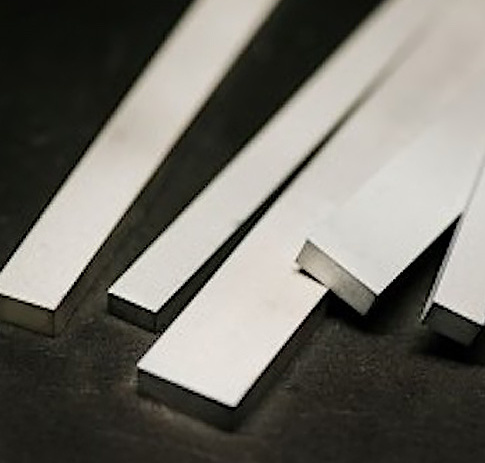

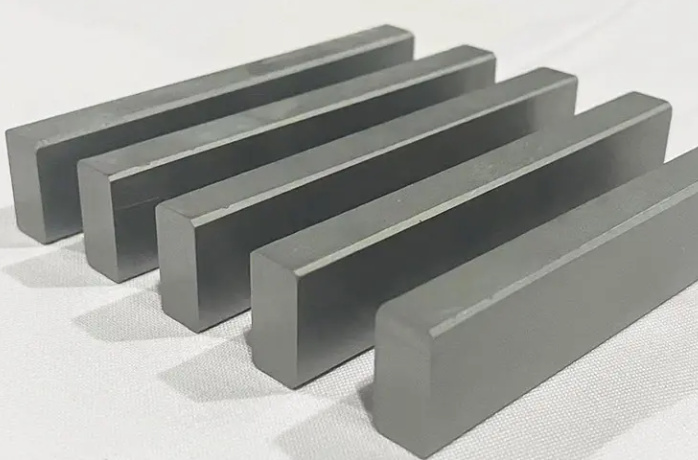
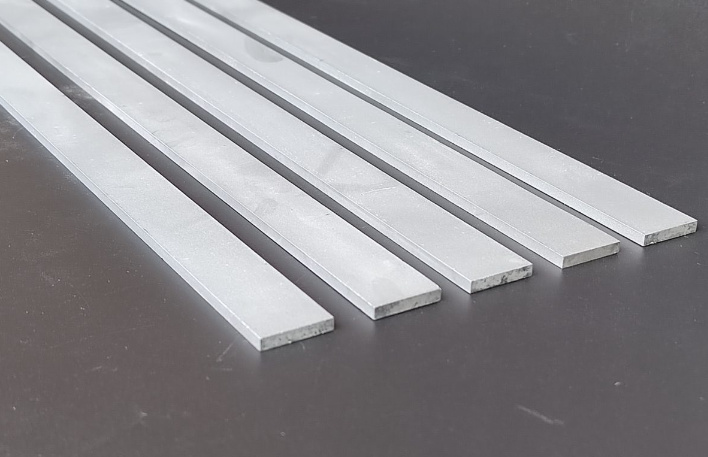
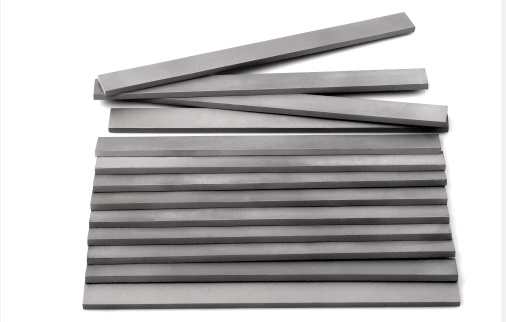
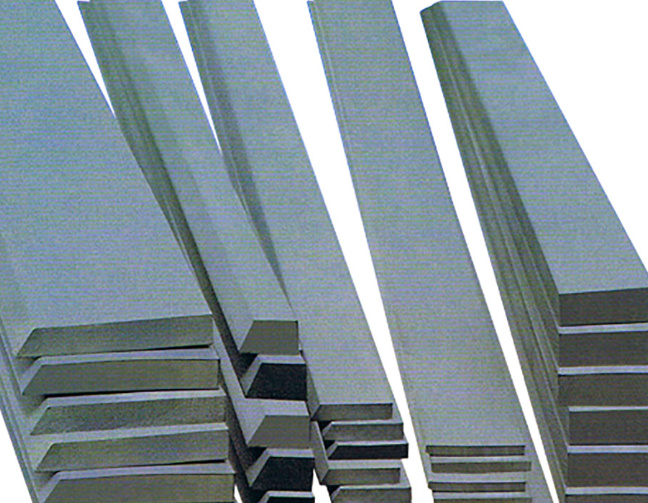
Практические советы для производителей
1. Выберите правильные инструменты
Выбирайте инструменты, специально предназначенные для твердого сплава, например, с алмазным наконечником или с покрытием. Подбирайте класс инструмента в соответствии с областью применения - более твердые сорта для износостойкости, более мягкие - для амортизации.
2. Оптимизация параметров резки
Сбалансируйте скорость, подачу и глубину резания, чтобы минимизировать износ инструмента. Для обработки твердого сплава часто лучше использовать более низкие скорости.
3. Используйте соответствующие охлаждающие жидкости
Высокоэффективные охлаждающие жидкости снижают нагрев и продлевают срок службы инструмента. Рассмотрите возможность заливочного охлаждения для крупномасштабных операций или туманного охлаждения для точных работ.
4. Инвестируйте в качественное оборудование
Для обработки твердого сплава необходимы высокопрочные станки с ЧПУ с функцией гашения вибраций. Точность имеет значение, поэтому не стоит срезать углы.
5. Регулярное обслуживание инструментов
Регулярно осматривайте и затачивайте инструменты. Затупленный инструмент не только снижает эффективность работы, но и может повредить твердосплавный компонент.
Характеристики обработки твердых сплавов
Обработка твердого сплава отличается своими уникальными свойствами. Вот их описание:
- Долговечность: Компоненты служат дольше в условиях абразивного воздействия.
- Точность: Достигаются жесткие допуски.
- Универсальность: Подходит для широкого спектра отраслей промышленности, от инструментальной до аэрокосмической.
- Экономическая эффективность: Хотя первоначальные затраты высоки, долгосрочная экономия на долговечности и производительности компенсирует это.
Сравнение Проблемы обработки твердого сплава и другие заменители
| Характеристика | Обработка твердого сплава | Обработка стали | Обработка керамики |
|---|---|---|---|
| Твердость | Superior | Умеренный | Высокая |
| Скорость изнашивания инструмента | Высокая | Умеренный | Низкий |
| Термостойкость | Отличный | Хороший | Отличный |
| Стоимость | Более высокий аванс | Более низкий аванс | Высокая |
| Хрупкость | Склонны к образованию сколов | Менее хрупкий | Очень хрупкий |
| Точность обработки поверхности | Достигается высокая точность | Умеренная точность | Превосходная точность |
На что следует обратить внимание при покупке инструментов для обработки твердых сплавов
При покупке инструментов для обработки твердых сплавов учитывайте:
- Класс материала: Убедитесь в совместимости с вашей областью применения. Карбид вольфрама с кобальтовым связующим является универсальным.
- Покрытия для инструментов: Инструменты с покрытием служат дольше и работают лучше.
- Репутация поставщика: Придерживайтесь проверенных брендов, таких как Kennametal, Sandvik или Ceratizit.
- Настраиваемость: Для решения уникальных задач рассмотрите возможность изготовления инструментов на заказ.
- Цена против производительности: Высококачественные инструменты стоят дороже, но позволяют сэкономить в долгосрочной перспективе.
Преимущества и ограничения Проблемы обработки твердого сплава
| Аспект | Преимущества | Ограничения |
|---|---|---|
| Твердость | Высокая устойчивость к износу и деформации | Трудно поддается обработке из-за высокой твердости |
| Термическая стабильность | Сохраняет свойства при высоких температурах | Требуются передовые решения для охлаждения |
| Долголетие | Долговечность в условиях абразивного воздействия | Высокие первоначальные затраты на оборудование |
| Точность | Жесткие допуски и превосходная обработка поверхности | Хрупкая, склонная к сколам под нагрузкой |

Вопросы и ответы
| Вопрос | Ответить |
|---|---|
| Для чего используется твердый сплав при обработке? | Твердый сплав используется для изготовления режущих инструментов, штампов и износостойких деталей благодаря своей твердости и термостойкости. |
| Почему обработка твердого сплава является сложной задачей? | Благодаря своей чрезвычайной твердости и хрупкости он трудно поддается обработке и требует специального оборудования. |
| Как продлить срок службы твердосплавных инструментов? | Используйте соответствующие покрытия, оптимизируйте параметры резки и применяйте эффективные методы охлаждения. |
| В каких отраслях промышленности применяется твердый сплав? | В аэрокосмической, автомобильной, инструментальной и горнодобывающей промышленности твердосплавные материалы часто используются благодаря своей долговечности и точности. |
| Является ли обработка твердого сплава экономически выгодной? | Несмотря на высокую стоимость, его долговечность и производительность обеспечивают значительную экономию в долгосрочной перспективе. |




